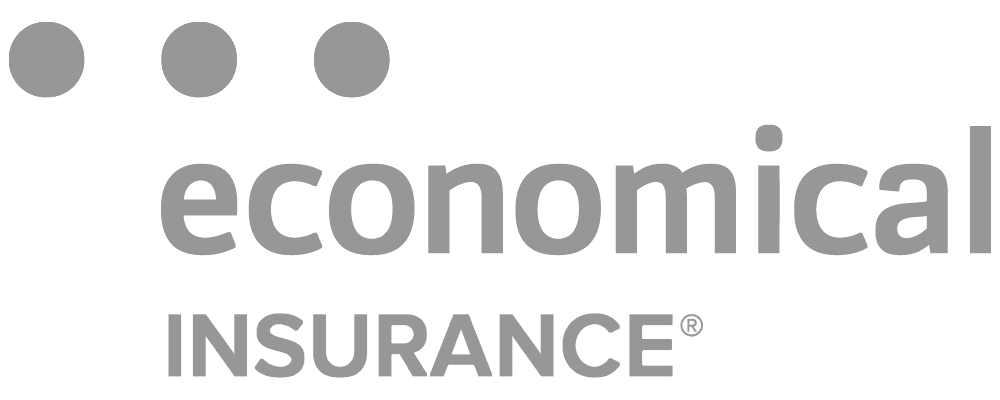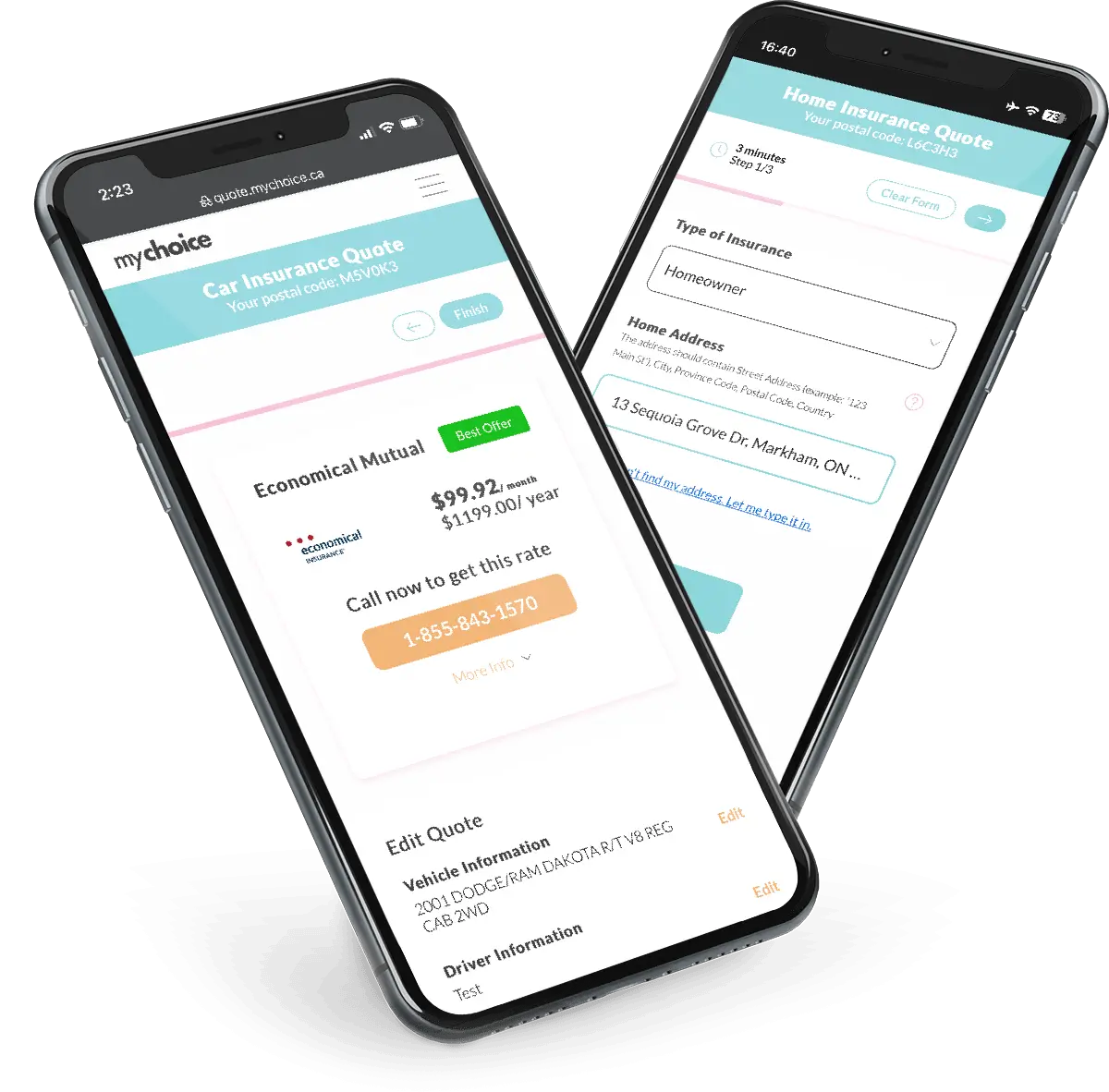Usage Based Car Insurance
This kind of coverage rewards safe drivers who would otherwise pay unreasonably high auto insurance premiums. Usage-based insurance allows insurance companies to set premiums based on how you actually behave behind the wheel rather than how insurance companies think you may behave.
While factors like the type of vehicle you are insuring and your age, driving record and address will all still play a role in determining how much you pay for car insurance, the cost of usage-based coverage is based mainly on how you drive in the real world.
If you decide to purchase a usage-based policy, a small telematics device will be fitted to your vehicle that communicates with your insurance company wirelessly. This device tracks factors including how fast you drive, when you drive and how sharply you turn or apply your brakes. This can save you a great deal of money if you are a careful driver, and the savings can really add up if you are in a category traditionally considered high risk.
What Exactly Is Usage Based Insurance?
Insurance companies use elaborate risk assessment models to set their premiums, which can mean soaring costs for young drivers, those who purchase high-performance vehicles or motorists with less than pristine driving records.
Critics of traditional insurance say that basing rates on perceived rather than actual risks leads to higher costs for most drivers, and those who use their vehicles sparingly or rarely venture onto the roads during morning or afternoon rush hours may be paying especially high prices for their automobile coverage.
The concept of usage-based insurance was introduced in Canada just a few years ago, and now more than 12 million drivers around the world use it to save money. This kind of coverage is also expected to become even more popular in the years ahead. According to the research and analysis firm HIS, about 142 million drivers will be covered by some form of usage-based insurance by 2023.
How Much Can Drivers Save With Usage Based Car Insurance?
If you agree to have a matchbox-sized telematics device fitted to your car, pickup truck, minivan or SUV, you can expect to save between 10 and 25 percent on your car insurance if you drive safely. If you are in a high risk category you could save even more. The device often takes just seconds to install, and it requires no ongoing maintenance or special care once in place. Some insurers even offer a 5 or 10 percent discount just for having the telematics device fitted.
The Hidden Benefits of Usage Based Insurance
Installing a telematics device can also help you to become a safer driver, which could lead to even greater savings down the road. Several companies that offer usage-based policies have also developed smartphone applications that give drivers instant feedback and provide them with tips to help them improve their driving, avoid accidents and lower their rates still further.
Reaserch suggests that these applications can be extremely valuable. After studying data gathered during more than 200 million miles of driving, researchers discovered that young drivers reduced their crash risks by as much as 40 percent just by fitting telematics devices. When polled, eight out of 10 usage-based insurance customers said that the devices had improved their driving skills by encouraging them to be more patient behind the wheel. This is a crucial point because the best way to survive an accident and avoid insurance premium increases is not to crash in the first place.
What Kind of Data Does the Telematics Device Monitor?
Not all insurance companies approach usage-based insurance in the same way. Some insurers are interested in how fast motorists drive and how sharply they brake while others are more concerned about when and where they drive. However, the telematics devices used by all insurance companies gather information about certain important driving metrics.
Acceleration
How fast you accelerate is monitored because it can reveal aggressive tendencies. Telematics devices use accelerometers, which convert motion into electrical signals, to measure the forces caused by acceleration, but speeding up rapidly is not always a sign of reckless driving. The software used by insurance companies offering usage-based coverage is designed to tell the difference between drivers accelerating rapidly to enter highway traffic safety and those engaged in street races between traffic lights.
Braking
Braking is also watched closely by insurance companies because frequent emergency stops suggest that motorists are driving too fast or not maintaining a safe distance from the vehicle ahead. The technology used to measure braking forces works in the same way as an accelerometer.
Speed
Naturally, speed is measured using global positioning satellites, and the resulting figures are then checked against a national database of speed limits to identify reckless driving. While drivers who routinely exceed posted speed limits may be considered a higher risk, insurance companies are able to use telematics data to tell the difference between drivers speeding on deserted highways and those driving at unsafe speeds on busy city streets.
Cornering
Cornering is also monitored by insurance companies because drivers who enter turns too quickly often crash. Telematics devices keep track of both the speed that cars enter a corner or bend and how aggressively they are being steered.
GPS technology
GPS is also used to establish when and where vehicles are driven. This is considered the most valuable telematics data by some insurers because certain areas are considered accident hotspots and crashes tend to happen far more frequently when the roads are busy.
Are There Any Downsides to Usage Based Car Insurance?
While choosing usage-based automobile insurance can often reduce premiums by as much as 25 percent, privacy questions have been raised about how well insurance companies protect the telematics data they gather. Some have even suggested that insurance companies could share information about reckless or speeding drivers with law enforcement in real time. Insurance companies have answered these concerns by putting policies into place that are designed to ensure that private information remains private, and they point out that they follow the provisions of both the Privacy Act and the Personal Information Protection and Electronic Documents Act as well as all applicable provincial privacy laws. These laws generally require consumers to give consent before any of their information is shared.
You may be wondering if the data gathered by telematics devices can be used by insurance companies to justify rate increases, deny claims or cancel policies. These are legitimate concerns, and they have been addressed by lawmakers in some provinces. In Ontario, telematics data can only be used to develop driver profiles and calculate discounts. Using the information to raise rates, decide claims or terminate policies is prohibited. In Quebec, usage-based insurance providers are allowed to use telematics data to impose surcharges on drivers they consider risky.
A ridesharing insurance plan will also be affected by how much one drives for money. Many insurance plans will require the driver to select a general range of hours with most plans putting a limit on the number of hours a driver is allowed to work. An insurance plan that covers more hours of driving will have higher premiums with most plans charging more per hour of driving the more hours one drives. This may leave the driver wanting to reduce the number of hours they drive in order to get lower premiums.
Is Usage Based Insurance Available Throughout Canada?
Usage-based car insurance is currently available in Ontario, Quebec, Nova Scotia, New Bruinswick and Alberta. Lawmakers in Saskatchewan terminated a program designed to evaluate the benefits of this type of insurance for motorcycle riders in 2014 and have made no announcements since. Officials in Prince Edward Island, Newfoundland, Labrador and Manitoba have announced no plans to make usage-based insurance available, but British Columbia legislators say that they are waiting to see what happens in other provinces before proposing any regulatory changes. This patchwork of provincial rules reflects the caution of lawmakers and is not unusual when transformative technology is introduced.
Get a Great Quote Usage Based Car Insurance With Us!
If you think that usage-based car insurance could save you money or help you to become a safer driver, you should contact us today to find out whether or not this type of coverage is available where you live and which insurance companies offer it. Our representatives are not beholden to any insurer and will work diligently to help you find the most suitable auto insurance coverage at the most competitive price.
















